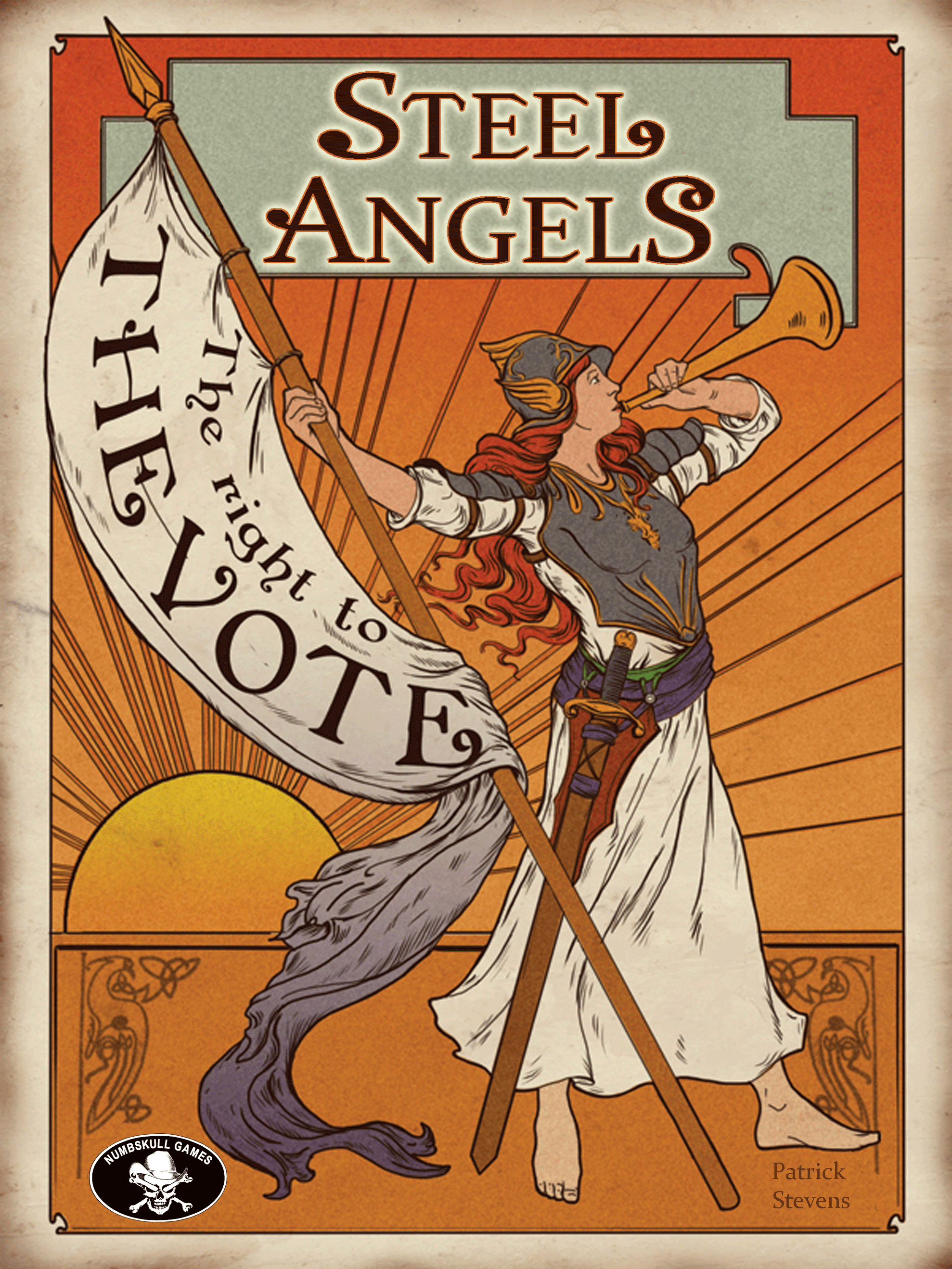top of page
After the Civil War, agitation by women for the ballot became increasingly vociferous. In 1869, however, a rift developed among feminists over the proposed 15th Amendment, which gave the vote to black men. Susan B. Anthony, Elizabeth Cady Stanton, and others refused to endorse the amendment because it did not give women the ballot. Other suffragists, however, including Lucy Stone and Julia Ward Howe, argued that once the black man was enfranchised, women would achieve their goal. As a result of the conflict, two organizations emerged.
By the turn of the century, as the pioneer suffragists began to withdraw from the movement because of age, younger women assumed leadership roles. One of the most politically astute was Carrie Chapman Catt, who was named president of NAWSA in 1915. Strategies of the NAWSA included petitioning and lobying. Another prominent suffragist was Alice Paul. Forced to resign from NAWSA because of her insistence on the use of militant direct-action tactics, Paul organized the National Woman's Party, which used such strategies as mass marches, pickets and hunger strikes. Perseverance on the part of both organizations eventually led to victory. On August 26, 1920, the 19th Amendment granted the ballot to American women.
In Steel Angels players will travel around the board attempting to gain influence in various states. Each state has a Male Resistance Factor that must be overcome.


bottom of page